Table of content
Zongzi, a beloved traditional Chinese dish, holds a cherished place in culinary culture, particularly during the Dragon Boat Festival. These pyramid-shaped dumplings, crafted from glutinous rice and filled with ingredients like red bean paste, pork, or dates, are traditionally wrapped in bamboo leaves and steamed or boiled. However, in modern kitchens, convenience often trumps tradition, leading many to wonder: Can frozen zongzi be safely and effectively cooked using a microwave? This article explores the science, techniques, and practical considerations of microwaving frozen zongzi, weighing the pros and cons against conventional methods.
Understanding Zongzi: A Cultural and Culinary Icon
Before delving into microwave specifics, it’s essential to grasp the essence of zongzi. Originating over 2,000 years ago to commemorate the poet Qu Yuan, zongzi symbolizes respect for heritage and the art of preservation. The bamboo leaves impart a subtle earthy aroma, while the glutinous rice provides a chewy, sticky texture that binds the fillings together. Traditional preparation involves hours of soaking, wrapping, and slow cooking—a labor of love that reflects the dish’s cultural significance.
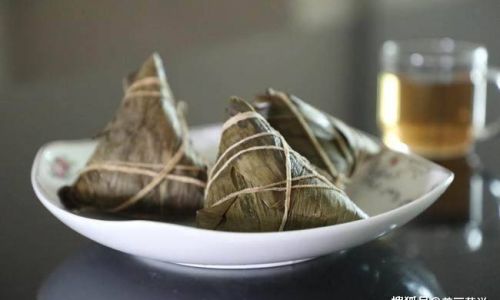
Modern lifestyles, however, demand efficiency. Frozen zongzi, pre-packaged and readily available, offer a shortcut to enjoying this treat without the time-intensive process. Yet, the question remains: Does the microwave, a kitchen staple for reheating leftovers, live up to the task of cooking frozen zongzi from scratch?
The Science of Microwave Cooking: How It Works
Microwaves heat food by emitting electromagnetic waves that excite water molecules, generating friction and heat. This rapid cooking method is ideal for reheating but can be tricky for frozen items, as ice crystals resist heat penetration. Frozen zongzi, with their dense rice structure and leaf wrapping, present unique challenges:
- Uneven Heating: Microwaves heat food unevenly, creating “hot spots” and cold zones. Without proper preparation, zongzi may develop dry, overcooked edges and undercooked centers.
- Moisture Loss: The microwave’s dry heat can dehydrate glutinous rice, resulting in a gummy or tough texture.
- Leaf Integrity: Bamboo leaves, if not properly hydrated, may scorch or become brittle, affecting both flavor and presentation.
Despite these hurdles, microwaving frozen zongzi is feasible with the right technique. The key lies in mitigating moisture loss and ensuring even heat distribution.
Microwaving Frozen Zongzi: Step-by-Step Guide
Preparation: Thawing (Optional but Recommended)
While microwaves can cook directly from frozen, thawing slightly (10–15 minutes at room temperature) ensures more even cooking. This step reduces the risk of uneven texture and allows the rice to absorb moisture more effectively.
Container Selection
Use a microwave-safe dish with a lid or vented plastic wrap. A glass or ceramic container with a shallow depth (no more than 2 inches) promotes even heating. Avoid metal containers or aluminum foil, which can cause sparks.
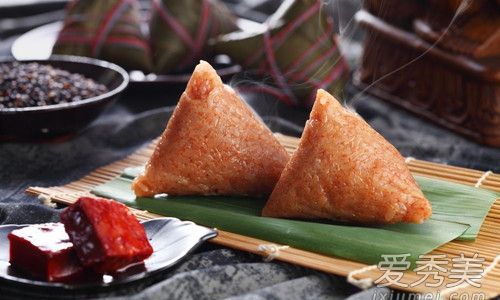
Moisture Management
Add 2–3 tablespoons of water to the dish to create steam. This compensates for the microwave’s dry heat and prevents the rice from becoming leathery. Alternatively, wrap the zongzi in a damp paper towel before placing it in the container.
Power Settings and Timing
- High Power (800–1,000 watts): Cook for 3–4 minutes per zongzi. Flip halfway through and rotate the dish to ensure even heating.
- Medium Power (500–700 watts): Extend cooking time to 5–6 minutes per zongzi. Lower power reduces the risk of overcooking but requires patience.
Pro Tip: Overcooking is worse than undercooking. Start with shorter intervals and check for doneness by piercing the center with a fork. If the rice feels firm, continue microwaving in 30-second bursts.
Resting Period
Allow the zongzi to rest for 1–2 minutes after cooking. This lets the heat distribute evenly and the rice to soften further.
Comparing Microwave to Traditional Methods
Steaming
- Pros: Retains moisture, enhances leaf aroma, and cooks evenly.
- Cons: Time-consuming (20–30 minutes), requires a steamer basket.
- Microwave Alternative: Use a microwave-safe steamer insert with 1/4 cup of water. Cook on high for 5–7 minutes.
Boiling
- Pros: Quick (15–20 minutes), infuses the rice with water for a plumper texture.
- Cons: Risk of waterlogging, loss of leaf flavor.
- Microwave Alternative: Place zongzi in a bowl of hot water and microwave on medium for 8–10 minutes.
Microwave-Only Method
- Pros: Fastest (5–7 minutes), minimal cleanup.
- Cons: Potential texture compromise, requires vigilance to avoid dryness.
Addressing Common Concerns
Will the Bamboo Leaves Catch Fire?
Dried bamboo leaves are flammable, but microwave cooking is unlikely to ignite them if moisture is present. However, overcooking or using a high-power setting without water increases this risk. Always monitor the microwave and avoid leaving it unattended.
Does Microwaving Affect Flavor?
Microwaved zongzi may lack the smoky depth of steam-cooked varieties, as the leaves’ aromatic compounds aren’t fully released. However, adding a splash of soy sauce or sesame oil post-cooking can mitigate this.
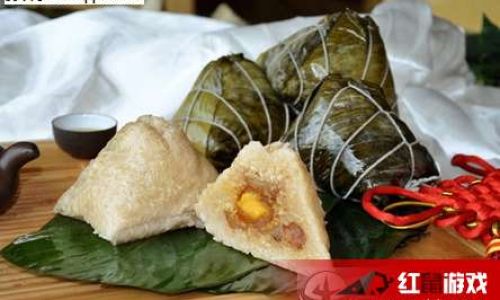
Safety Considerations
Ensure the zongzi reaches an internal temperature of 165°F (74°C) to kill bacteria. Use a food thermometer if unsure. Avoid reheating leftovers more than once, as this promotes bacterial growth.
Expert Tips for Microwave Success
- Size Matters: Smaller zongzi (4–5 ounces) cook faster than larger ones. Adjust timing accordingly.
- Frozen vs. Thawed: Thawed zongzi require 20–30% less cooking time.
- Filling Variations: Meat-filled zongzi may need extra time to ensure the pork or duck eggs are fully heated.
- Crispy Leaves Hack: After microwaving, briefly sear the zongzi in a pan for a crispy leaf texture (optional).
The Verdict: Microwave vs. Tradition
Microwaving frozen zongzi is a viable, time-saving alternative for busy individuals. While it may not replicate the exact texture or aroma of steam-cooked zongzi, it delivers a satisfactory result when executed correctly. The method shines in scenarios where convenience is paramount—late-night snacks, office lunches, or dorm-room meals.
However, purists and culinary enthusiasts may argue that the microwave’s rapid heat disrupts the delicate balance of flavors and textures that define authentic zongzi. For special occasions or cultural celebrations, traditional methods remain unparalleled.
Beyond the Microwave: Innovative Cooking Hacks
- Sous-Vide Zongzi: Vacuum-seal frozen zongzi and cook in a water bath at 185°F (85°C) for 45 minutes. This method ensures even doneness and preserves moisture.
- Air Fryer Finish: After microwaving, crisp the leaves in an air fryer at 375°F (190°C) for 3–4 minutes.
- Rice Cooker Method: Place zongzi in a rice cooker with 1/2 cup of water and steam for 20 minutes.
Environmental and Economic Impact
Microwaves consume less energy than stovetop or oven cooking, making them an eco-friendly choice for small portions. However, single-use plastic wrappings on commercial frozen zongzi contribute to waste. Opt for reusable containers or homemade zongzi wrapped in biodegradable leaves to reduce your carbon footprint.
Cultural Preservation in a Fast-Paced World
The debate over microwaving frozen zongzi underscores a broader tension between tradition and modernity. While technology offers convenience, it risks eroding the rituals that define cultural identity. However, adapting traditions—such as using microwaves to cook frozen zongzi—can make heritage accessible to new generations.
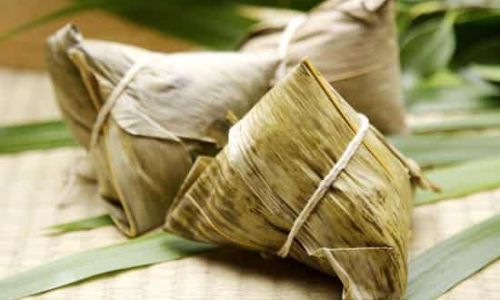
Conclusion: Balancing Convenience and Culture
In the end, the decision to microwave frozen zongzi hinges on individual priorities. For a quick, fuss-free meal, the microwave delivers adequate results. For a sensory experience that honors centuries of tradition, steam or boiling remains the gold standard.
As culinary boundaries blur in an interconnected world, the microwave need not replace tradition but serve as a complementary tool. Whether you’re a time-strapped professional or a culture enthusiast, the key lies in understanding the nuances of each method—and savoring every bite of this ancient delicacy.
So, the next time you unwrap a frozen zongzi, remember: With a dash of science and a pinch of patience, the microwave can indeed bridge the gap between heritage and haste.
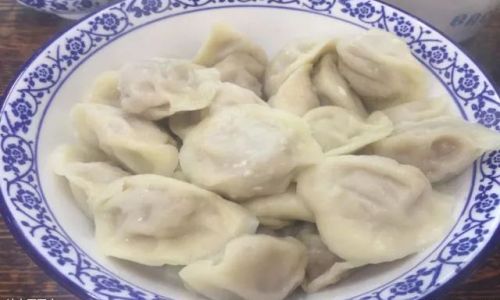
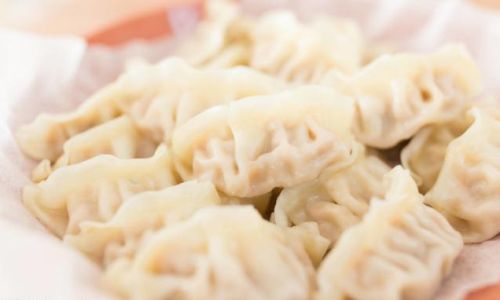

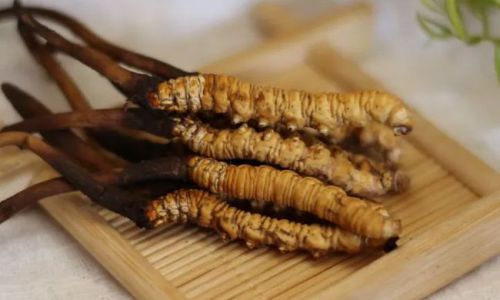
0 comments